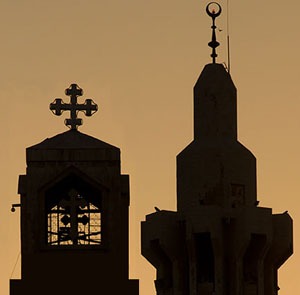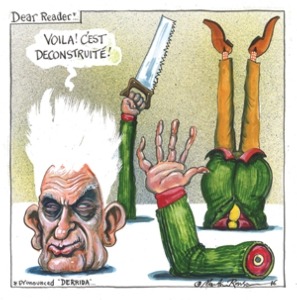
This article is a preview from the Summer 2020 edition of New Humanist
The New Silk Roads: The Present and Future of the World (Bloomsbury) by Peter Frankopan
We are are living through what has been termed the “Asian Century”. In 2020, Asian economies will be larger than those of the rest of the world combined. In his best-selling 2015 book The Silk Roads, Peter Frankopan chronicled the epic history of the ancient trade networks, up to their re-emergence around the world’s current economic centre of gravity, China. The New Silk Roads is a masterful follow-up looking deeper into this new world order and its future.
The nations of the Silk Road are well attuned to a rapidly changing world, and are adapting accordingly, developing blueprints for the future, and collective solutions to the challenges of the present. The biggest project of all, the Belt and Road Initiative, which over 80 countries are now part of, aims to echo the Silk Road spirit of “peace and cooperation, openness and inclusiveness, mutual learning, mutual benefit and win-win results”.
In stark contrast, the west is becoming slow and complacent, with no coherent plans, misattributing its global dominance as something predestined or intrinsic, instead of the result of historic agreements, alliances and partnerships. Donald Trump clearly thinks such ties are expendable. Frankopan cites Marc Vanheukelen, the European Union’s ambassador to the World Trade Organisation, who says, “The multilateral trading system is in deep crisis and the US is its epicentre.” The same myopia pervades in the midst of the coronavirus pandemic. Rather than paying close attention to Asia’s effective response to coronavirus, the US president dubbed Covid-19 the “Chinese virus”, legitimising conspiracy theories of China’s nefarious intentions to weaken western power.
As Asia increases connections, improves collaboration and deepens cooperation, western nations are re-erecting barriers and “taking back control”. Rather than trying to understand China and its motivations, the US has chosen unilateralism, maligning states who engage with Beijing, imposing crippling trade tariffs and breaking rules. American policy is becoming shaped less by its own visions for the future than by Chinese and Russian plans.
Critics say the Belt and Road Initiative is less of a philanthropic exercise than a sinister finance scheme designed to reward the Chinese state and its shareholders. As much as 89 per cent of Chinese-funded projects have Chinese contractors. Trump’s former Secretary of State Rex Tillerson said the Chinese approach “encourages dependency, using opaque contracts, predatory loan practices, and corrupt deals that mire nations in debt”. China can easily leverage political power with economic power, and with the militarisation of the South China Sea, Beijing’s control in Hong Kong, the diminution of Taiwan and the disturbing detainment of hundreds of thousands of Uighurs, China could choose to become the British Empire 2.0.
The west still seems to want to “return to ‘normal’”, Frankopan writes, “and expects the newcomers to resume their old positions in the world order.” For better or worse, the world belongs to the east again.

